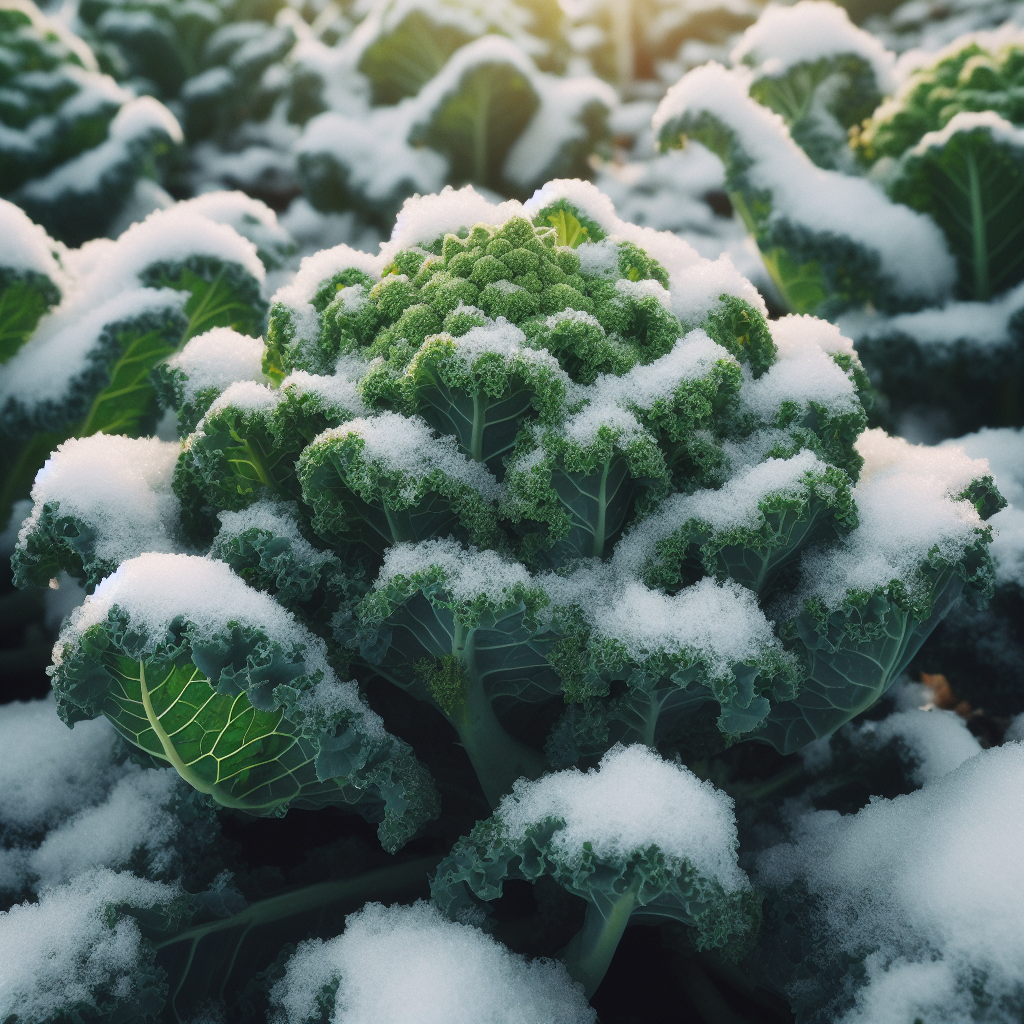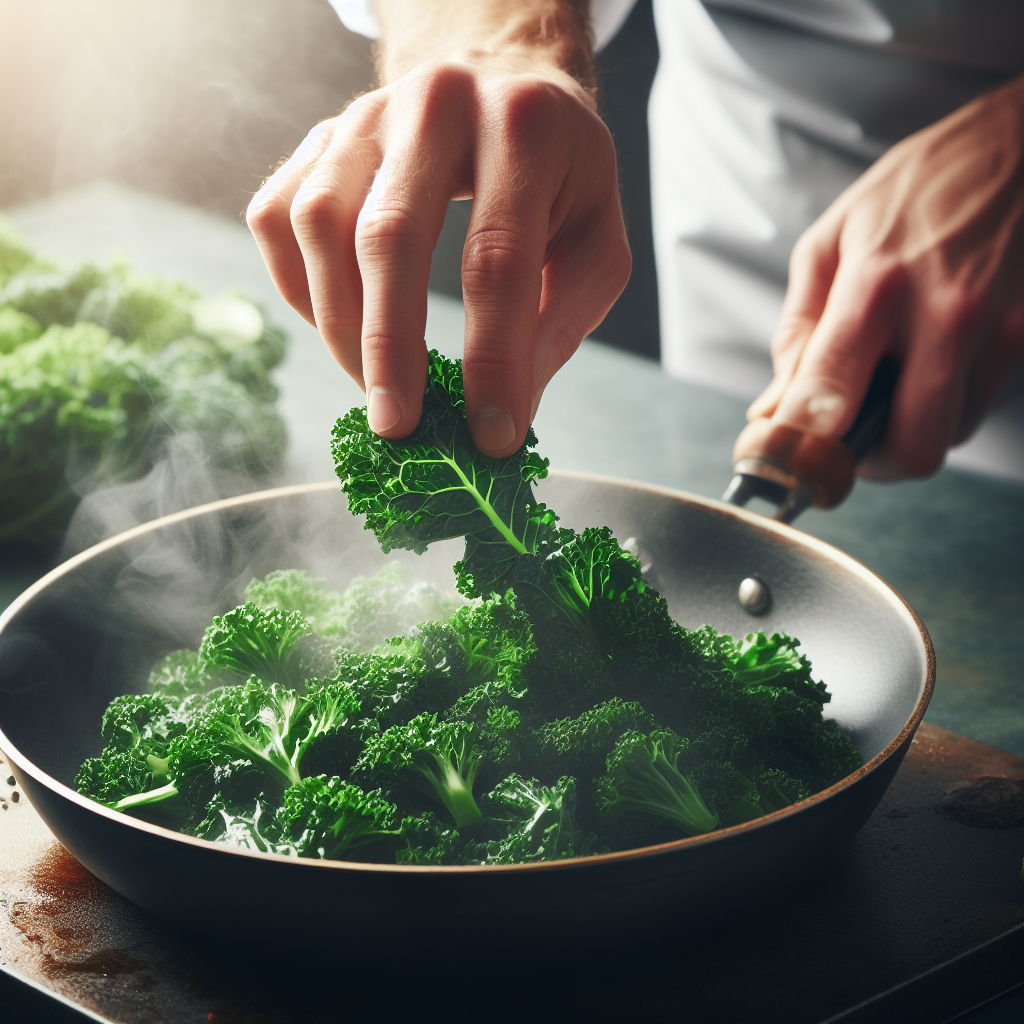Kale vs. Lettuce: The Showdown of the Greens
Kale has taken the leafy green world by storm, and for good reason. This superfood beats out lackluster lettuce any day. While lettuce has reigned supreme on sandwiches for decades, kale is the winner when it comes to nutrients, flavor, and versatility.
Nutritional Powerhouse
Let's start with the basics – nutrient content. Lettuce often gets dubbed as glorified water with few stand-out nutrients. Kale, on the other hand, is a vitamin and mineral powerhouse.
It boasts vitamin K for healthy bones, vitamin C for immunity, and it is a great source of calcium. Kale floods the body with antioxidants like quercetin and kaempferol to stamp out inflammation.
It also provides fiber for digestion and it’s great for the heart.
Bolt Resistance
Beyond vitamins, kale endures in the garden happily growing right through the summer’s heat. Lettuce, on the other hand, bolts at the first sign of warm weather, transforming into inedible stalks and bitter leaves seemingly overnight.
Kale’s greater resilience means your table stays stocked with homegrown goodness for longer.
Cold Tolerance
Kale can can tolerate cold temperatures better than lettuce, giving you an extended harvest window.
In early spring, while waiting for the soil to warm, try getting a head start on kale. Start the seeds indoors in late winter and plant the seedlings out 4 weeks before your last expected frost.
Here in Zone 7, that means starting seeds in late February and planting them in the garden in late March. You can find out your recommended planting dates here.
Its vigor in cool weather means you’ll have a supply of baby greens weeks before summer crops even have a chance to sprout.
By fall kale is still going strong. It can shake off frosts with no problem; in fact, cold weather makes it taste better. Kale gets sweeter in the cold. Chilly temperatures coax out kale's natural sugars, intensifying its flavor through a process called "cold sweetening."
Culinary Versatility
Whether consumed raw in salads, sautéed as a side dish, or blended into smoothies, kale offers a delicious and nutrient-packed addition to any meal.
It comes in a wide variety of colors, textures, and sizes. You can easily find the perfect kale for your needs.
In the arena of greens, kale is the undisputed champ. With formidable nutrients, year-round endurance, and culinary versatility, kale earns its superfood status.
Hopefully you are encouraged to make room for this amazing green in your garden. Happy gardening!
Related Articles:




